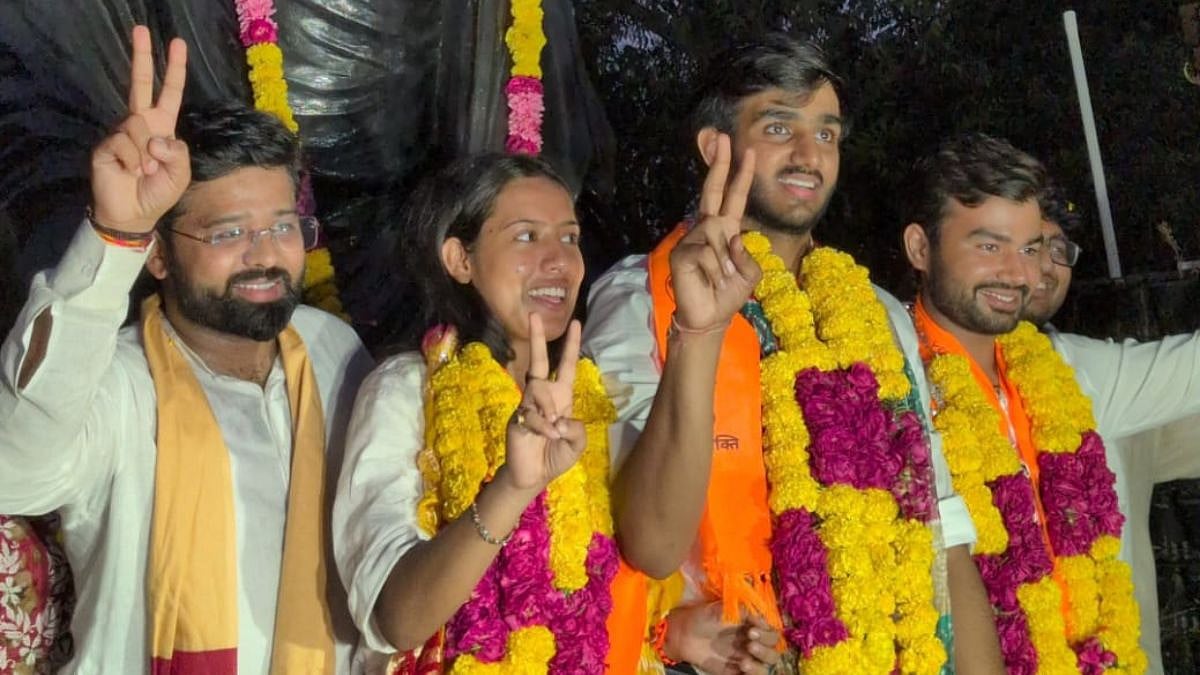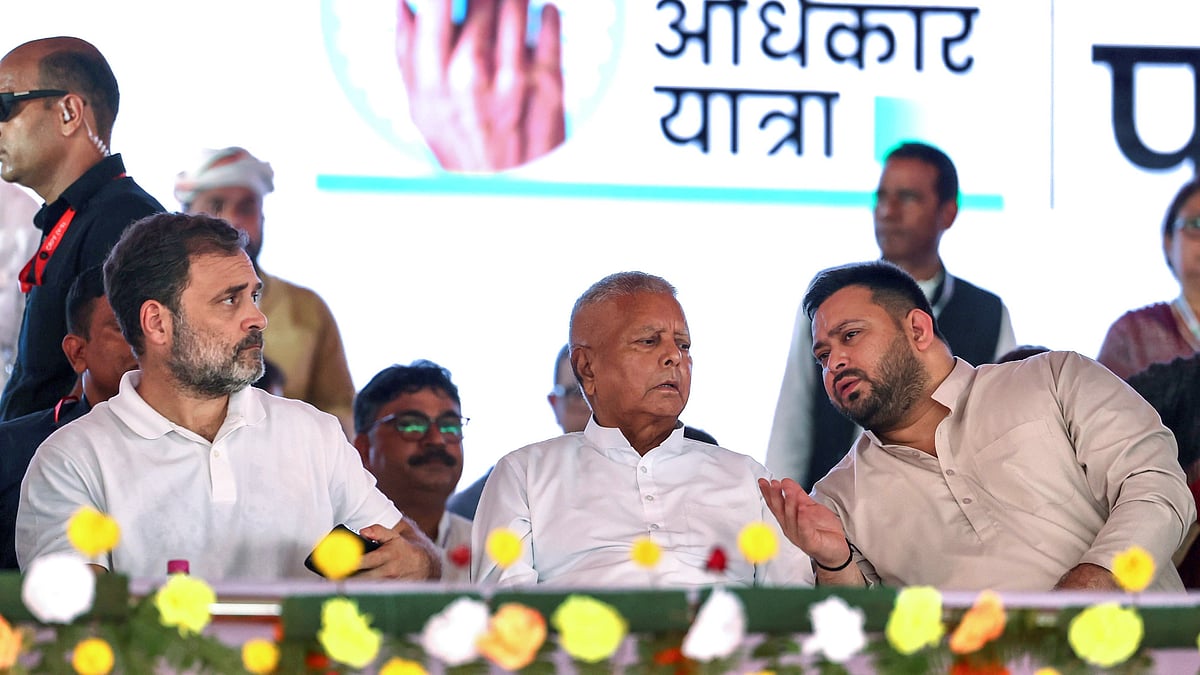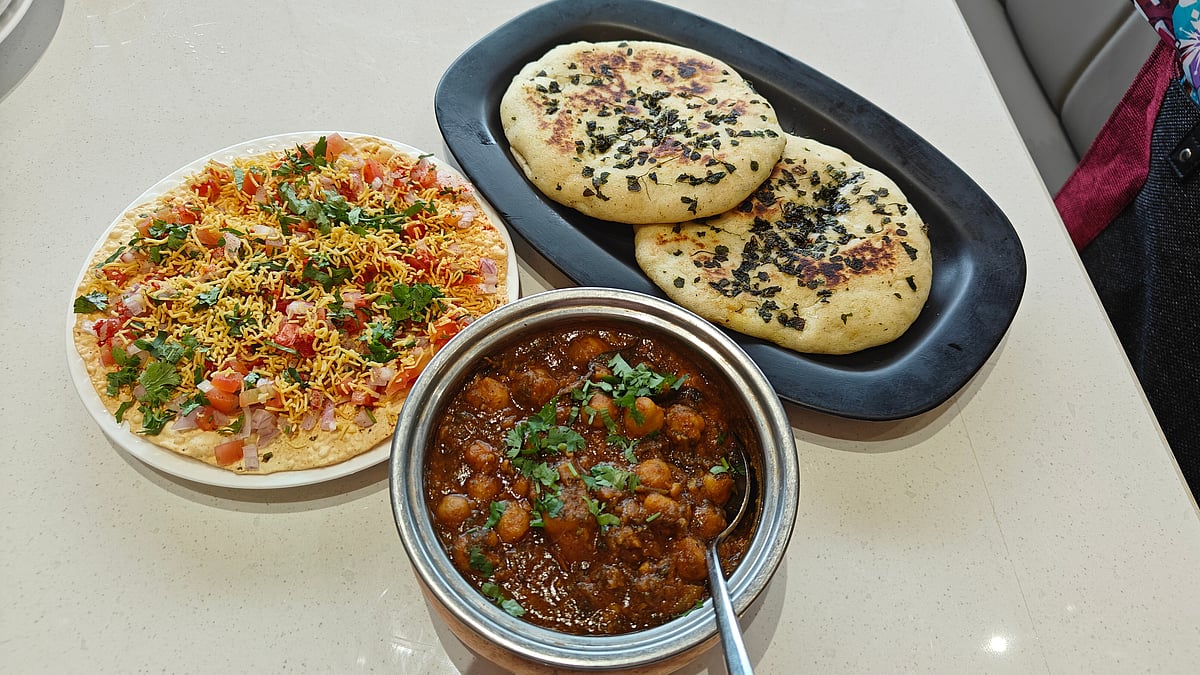“I can afford it. It’s just ₹1,799 per month.”
This one sentence has led countless Indians into a silent debt trap. From smartphones to sofa sets, cars to international holidays — everything today comes with an EMI, a “zero-cost” option, or a “Buy Now, Pay Later” (BNPL) scheme.
But here's the harsh truth: these easy payment plans often don’t make things more affordable — they make you feel like they are. That’s the illusion. Let’s break down how this illusion of affordability quietly erodes financial health — and how you can escape it.
The psychology
Marketers and fintech platforms have discovered a powerful insight: people don’t think in totals; they think in monthly bits. Tell someone a laptop costs ₹1,20,000, and they hesitate. Tell them it's just ₹3,999/month for 36 months, and suddenly it feels manageable.
This happens because of a cognitive bias called “present bias” — the tendency to value immediate comfort over long-term financial health. Add the seductive word “no-cost EMI”, and logic often flies out the window.
Case study
Kunal, a 29-year-old designer in Bengaluru, had no big debts. But his monthly budget was always tight, despite a ₹65,000 salary. When he finally reviewed his account, here’s what he found:
₹499/month for OTT bundle
₹1,199/month for phone EMI
₹2,499/month for gym subscription
₹899/month for Spotify family plan
₹2,000/month BNPL on electronics
₹1,500/month credit card minimum payment
Individually, these seemed harmless. Together? ₹8,596/month — nearly 13% of his salary gone into micro-payments. Worse, many of these were long-term, locked-in expenses. Kunal wasn’t living luxuriously — he was just leaking cash monthly.
Affordable to expensive
No-cost EMI is rarely free
Most no-cost EMI schemes:
Remove your upfront discount (inflating the base price)
Include hidden processing fees or insurance
Are offered through specific credit cards that charge renewal fees
That ₹30,000 TV you bought on “no-cost EMI”? It may cost ₹33,000 over time — plus, you lost the ₹2,500 cash discount you’d have got if you paid in full.
Subscriptions = Financial clutter
How many of these do you really use?
Multiple OTTs
Food delivery premium plans
Cloud storage subscriptions
E-learning platforms
Fitness apps
If you don’t track these, you’re paying every month for services that don’t add value. This is called “subscription fatigue”, and it’s real.
Impact on credit score
Every EMI, BNPL, or revolving credit adds to your credit exposure. High utilization = lower credit score = higher future interest rates. So ironically, buying “affordably” today can make your future credit more expensive.
What numbers say
According to RBI data and recent fintech reports:
BNPL and consumer durable loans in India grew more than 80% YoY from FY22 to FY24
Average digital consumer in Tier 1 cities holds 3 to 5 monthly EMIs/subscriptions
Over 60% of Gen Z Indians are “income-poor, credit-rich” — earning decent salaries but committing most of it to EMIs
This trend is not just financial — it’s behavioral. Easy monthly payments change how we perceive affordability and delay the pain of spending.
How to escape
Calculate totals, Not EMIs: Before buying, ask: What is the total amount I’ll pay over time? Compare it with a full upfront purchase. You’ll often rethink.
30/30/30 rule:
30% on needs (EMI, rent, food, basics)
30% on wants (entertainment, lifestyle)
30% on savings/investments
EMIs should never take more than 10–15% of your income. If they do, you’re overcommitted.
Subscription audit: Make a list of all auto-debits. Cancel what doesn’t bring clear value.
Delayed gratification: If you want something, wait 30 days. If you still want it — and can afford it in full — go for it. This small pause builds financial muscle.
Budget: Instead of asking “Can I afford the EMI?”, ask: What will I lose if I commit to this monthly payment for 12 months? Is it worth it?
Final thought
Every EMI you take is a piece of your future income committed today. The more you do that, the less flexibility, freedom, and savings you have. Affordability isn’t about monthly math — it’s about whether a purchase fits your values, goals, and long-term well-being. So next time you hear “Only ₹2,499/month!”, pause. Because when it comes to wealth-building, small leaks sink big ships.











